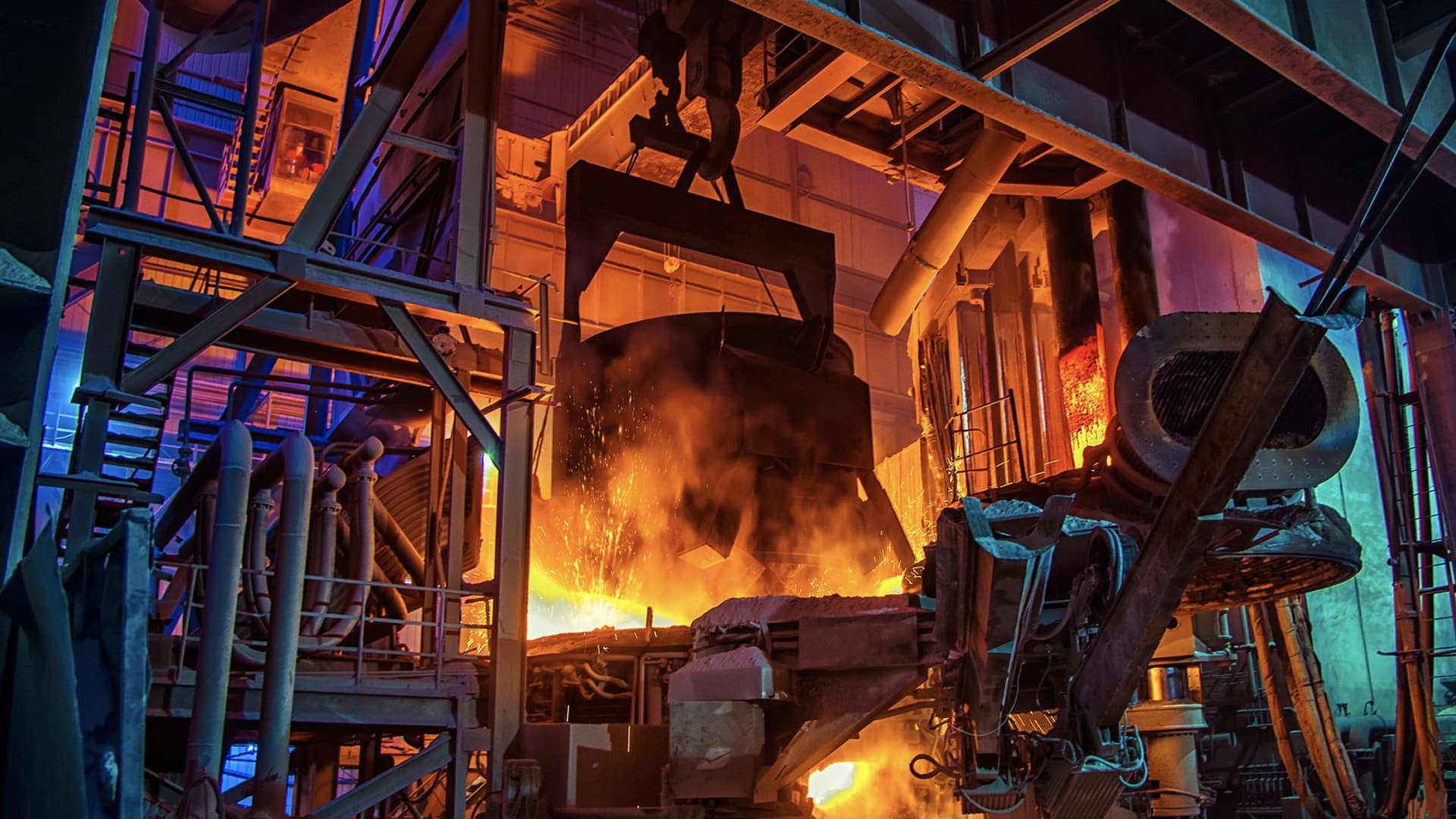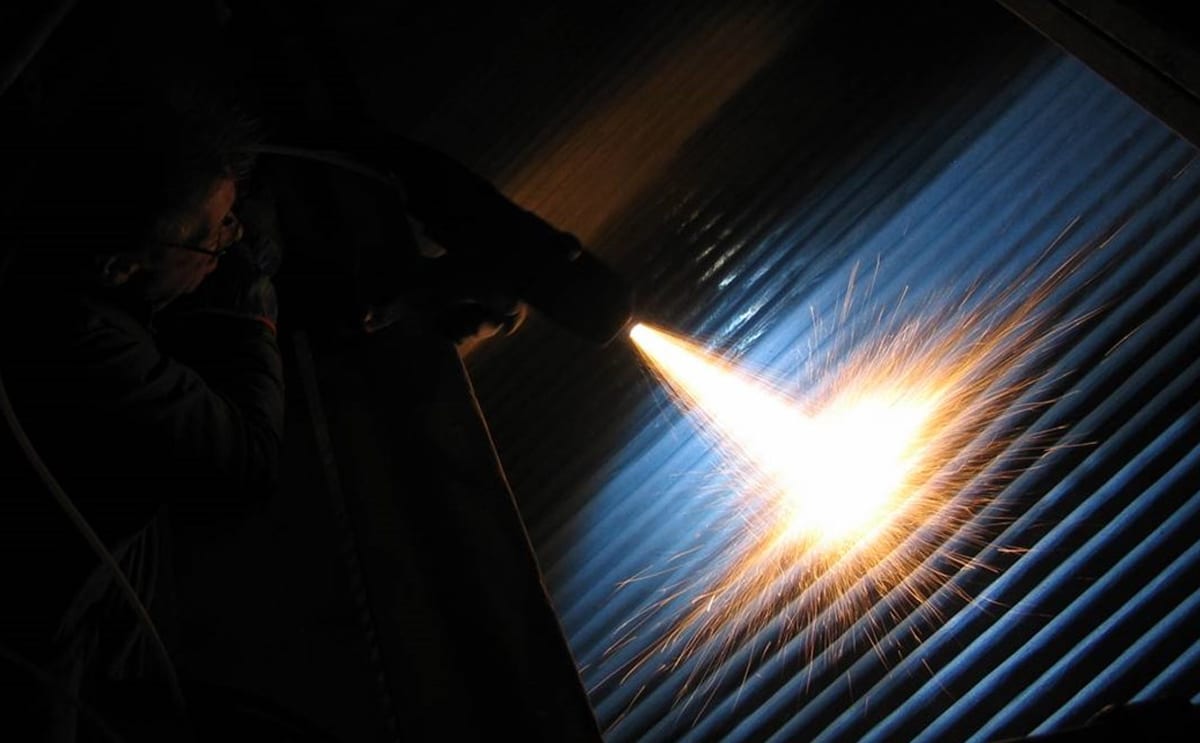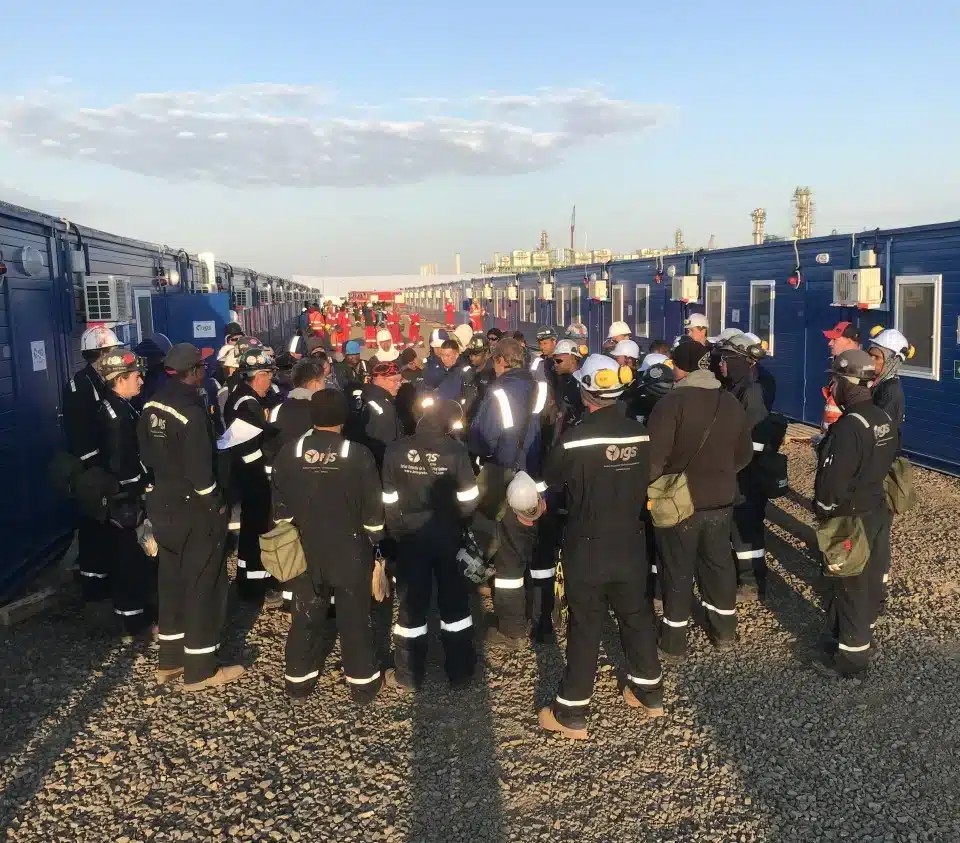The Energiron process is an innovative direct reduced iron (DRI) technology that utilizes natural gas to reduce iron ore into metallic iron. This environmentally friendly process relies on steam methane reforming (SMR) to generate the hydrogen needed for iron reduction. A key factor impacting the Energiron process’s overall efficiency is the efficiency of hydrogen production within the SMR unit. By enhancing the performance of the SMR reactors, more syngas can be produced from the same amount of natural gas, lowering operating costs and boosting production.
One method for increasing SMR efficiency is through the use of high emissivity coatings on reformer refractory lining. The endothermic reactions occurring within the SMR reformer require substantial heat input. High emissivity coatings on refractory surfaces enhance radiative heat transfer, reducing the amount of heat carried over by the flue gas to the convection section. More radiant heat on the reactor tubes means increased process efficiency, leading to higher hydrogen and CO yield. This also improves temperature uniformity and reduces hot spots that can degrade the tubes. With enhanced radiation heat transfer, the endothermic reforming reactions benefit from improved radiant thermal efficiency.
Studies have shown emissivity coatings can improve radiation heat transfer in SMR reformers by up to 3-4 per cent. This directly translates into natural gas savings and improved syngas output. The coatings maintain their high emissivity value even after prolonged high-temperature exposure, providing long-term gains in thermal performance. Integrated Global Services has 20 years of experience applying coatings in situ during turnarounds, making investments feasible and a fast payback period through increased hydrogen production.


For companies utilizing the Energiron DRI process, refractory lining emissivity upgrade with SMR reformer is a straightforward upgrade that can meaningfully impact bottom lines. High emissivity coatings allow for either increased syngas yield under the same firing or equivalent syngas yield at reduced gas usage. This improves the crucial metric of nm3 of hydrogen/syngas generated per normal cubic meter of fuel gas. For a DRI plant producing over 200,000 metric tons of hot briquetted iron annually, an emissivity coating could conserve millions in feedstock costs per year.
With natural gas representing over 70% of operational expenses in the Energiron process, incremental improvements in SMR performance have an outsized impact. This technology enables more competitive and profitable direct reduced iron production. Additionally, by boosting hydrogen output from the current natural gas supply, emissivity coatings align with broader sustainability initiatives by minimizing resource consumption. For both economic and environmental reasons, high emissivity refractory coatings are a highly recommended enhancement for almost any facility utilizing steam methane reforming in a direct iron reduction process.
Integrated Global Services (IGS) offers more than just solutions. With over 20 years of experience applying coatings in various challenging environments, our seasoned team offers comprehensive turn-key services. Our clients trust us not only because of our expertise but also because of our ability to act swiftly and effectively in emergencies. Whether it’s standard maintenance or an unforeseen issue, our track record proves that we ensure minimal disruption and provide top-notch quality service.
Mineral processing plants trust IGS to maintain their assets’ integrity due to our extensive track record and expertise in offering robust, lasting, and turnkey maintenance solutions. Moreover, our agility and experience in dealing with emergencies underscore the reliability and efficiency that our clients have come to expect.

See how IGS can improve your waste heat boiler reliability